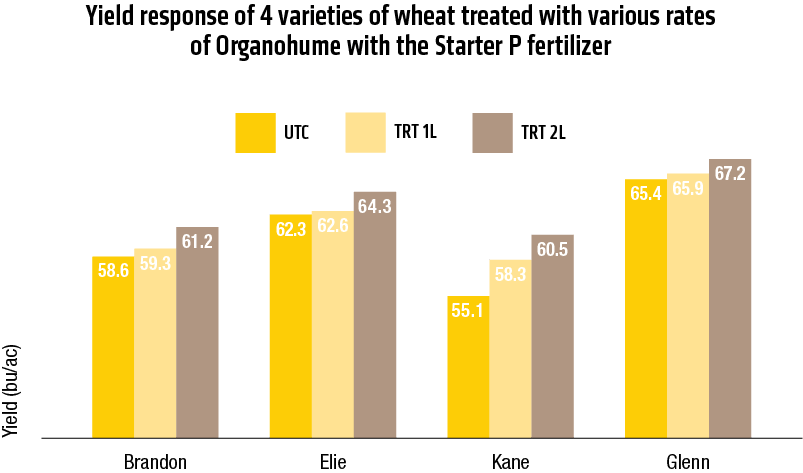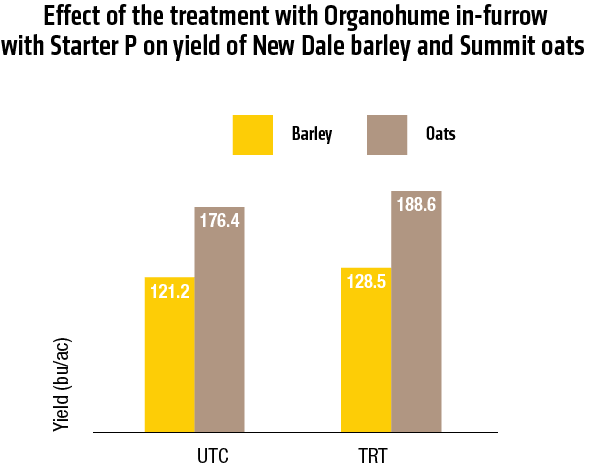
Starter P


Maximizing Phosphorus Use Efficiency
ANALYSIS (9-32-2 WITH STARTER TECHNOLOGY™)
What is It?
- Starter fertilizer for in-furrow.
- High Phosphorus content.
- Formulated with 70% Ortho- (readily available form) and 30% Poly-phosphate (converts slowly as soil warms up).
- Low salt index.
- No chloride.
- Seed safe.
- The product is available in bulk, 450L and 1000L IBC’s.
When & Why Use It?
- When seeding into cold and wet conditions.
- In soils with high levels of Ca2+, Fe3+ or Al3+.
- Use to improve early-season availability and uptake of Phosphorus.
- Use to reduce phosphorus tie-up by of Ca2+, Fe3+ or Al3+.
- Use to supplement a well-balanced soil fertility program.
What to Expect?
- Improved root and shoot development and crop establishment.
- Strong advantage of the crop over the weeds.
- Enhanced tolerance to early season environmental stress.
- Less signs of phosphorus deficiency on the seedlings (purpling).
Size Options

Bulk

Tote
Application Guidelines
- 3-5 US gal/ac in-furrow.
- Can be combined with other fertilizer mixes (i.e., UAN, ATS, KTS, KOH, …).
- Starter P can be used with OMEX EDTAchelated micronutrients as required.
- Always recommended to use with a complete spring-applied fertilizer program.
Findings
2018 – Heavy clay – Manitoba
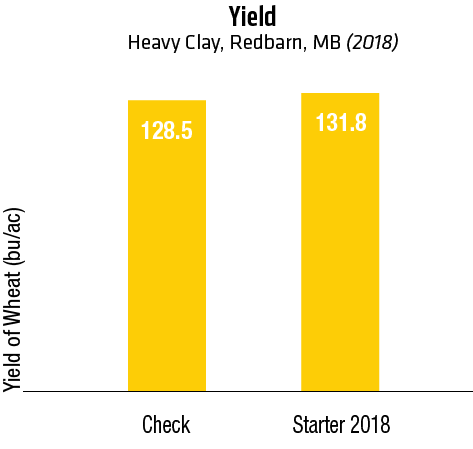
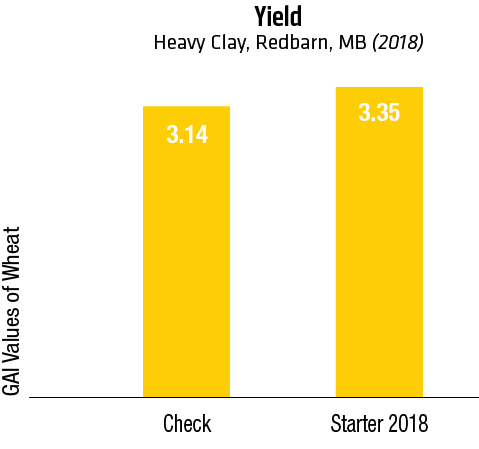
2017 – Heavy clay – Manitoba
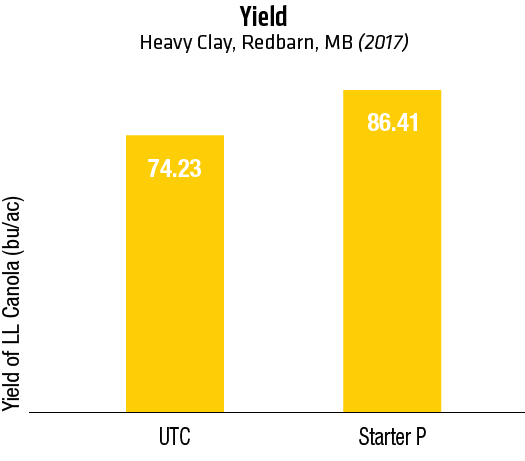
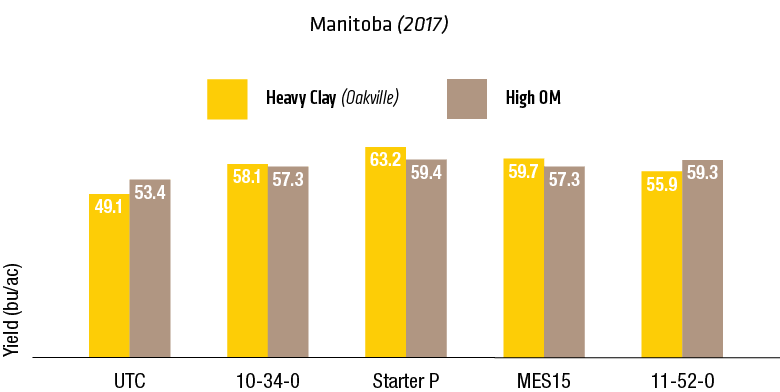
2016 – Heavy Clay: Oakville (Manitoba)
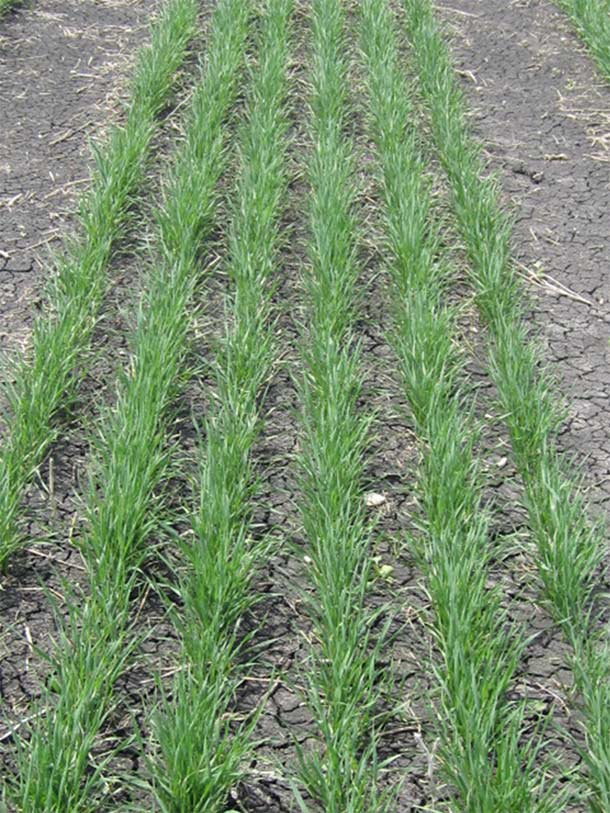
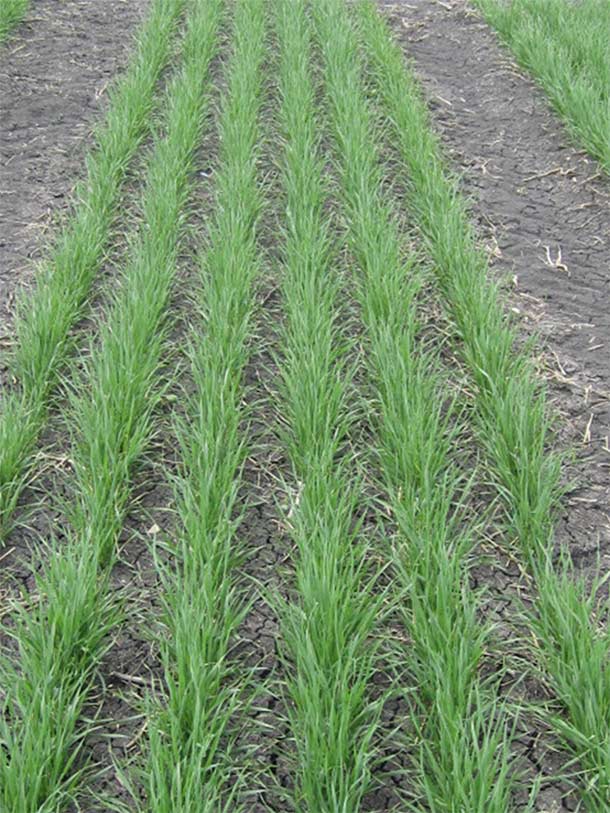

2013 – Clay Look (Lockport, MB)
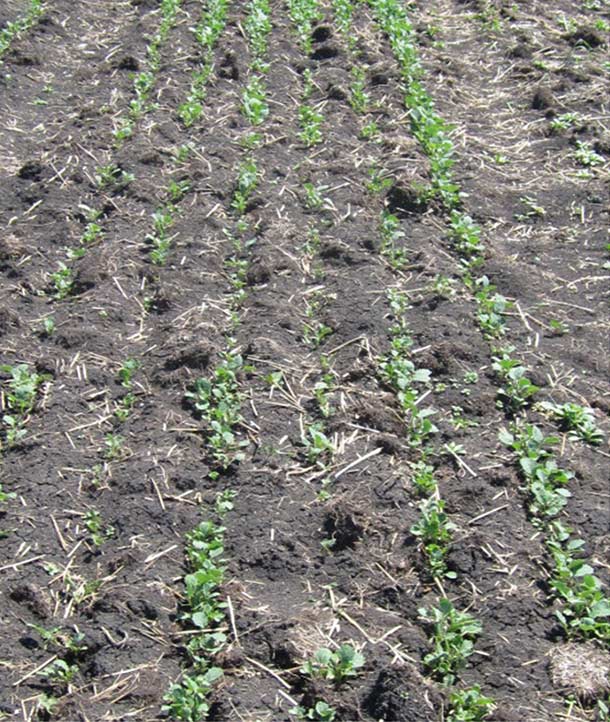
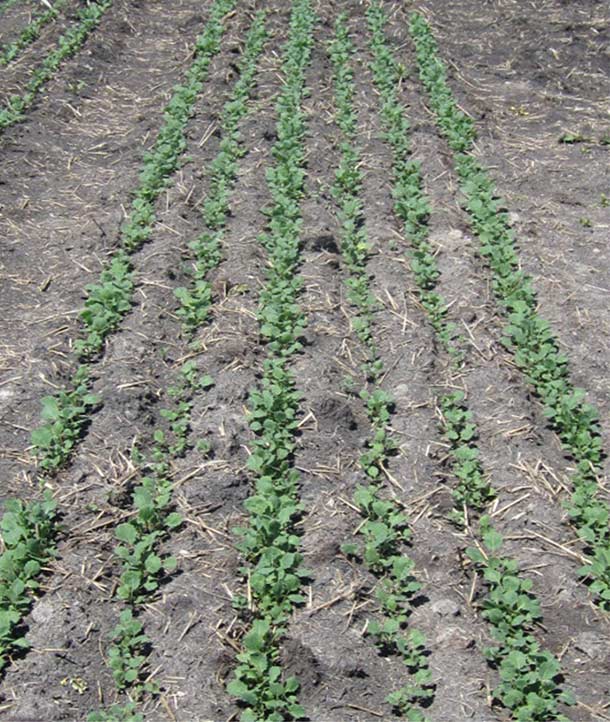
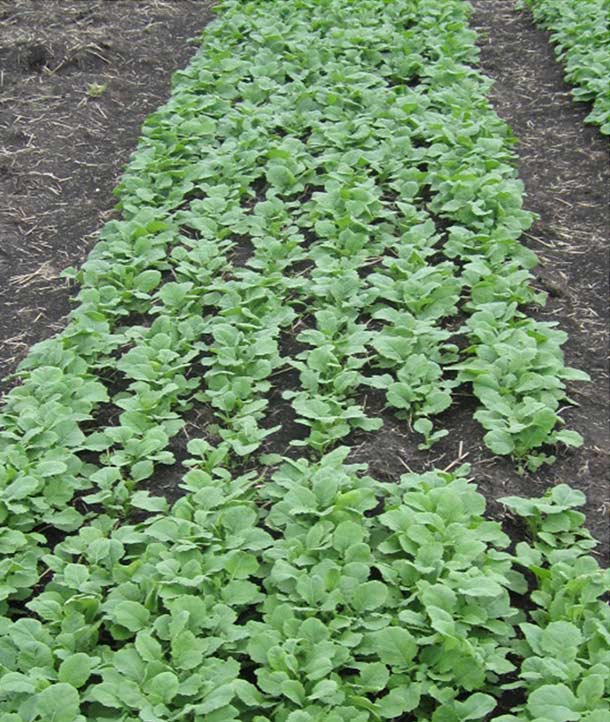
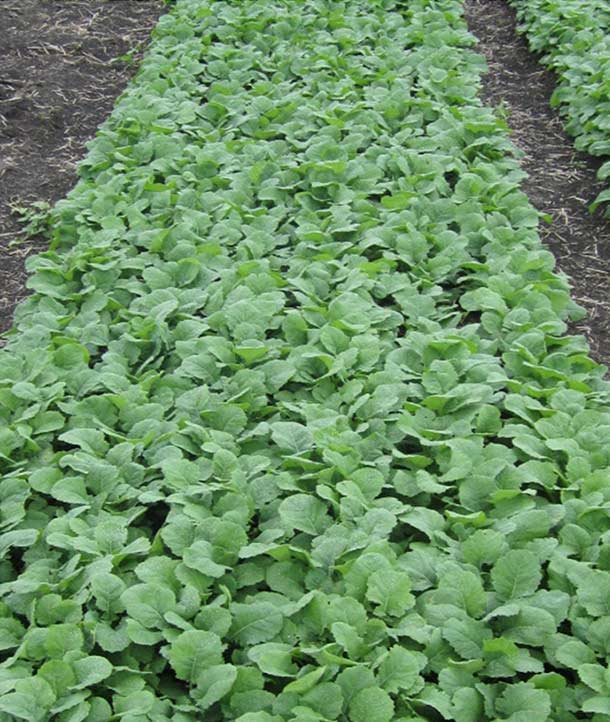
Additional Research

